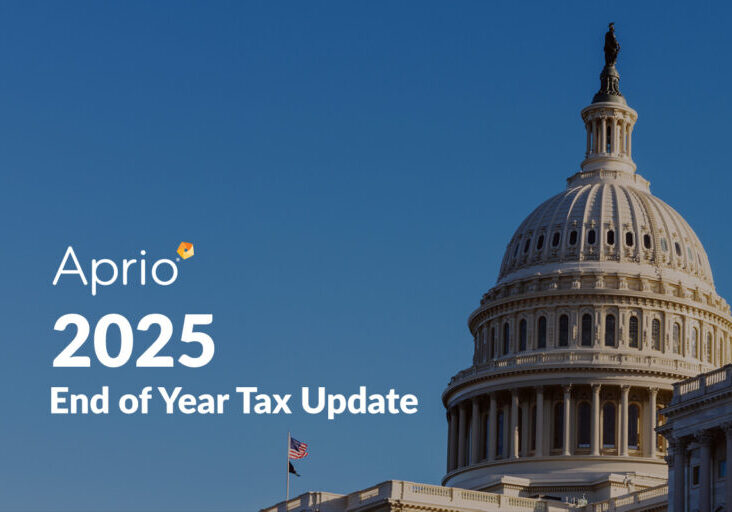Structure Matters: Sale of Real Property Subject to Illinois Replacement Tax
Summary: Illinois published a general information letter clarifying that when a partnership sells its assets, the transaction is subject to the state’s entity-level personal property replacement tax. As a result, the capital gain from the sale is taxed in Illinois at both the entity and individual owner level.
Prior to states enacting pass-through entity taxes, several jurisdictions already imposed business activity taxes directly on pass-through entities (PTEs). These taxes were calculated by either income or gross receipts (or with some slight modifications thereto). Notable examples include the Texas Franchise Tax, Washington Business & Occupation Tax, Ohio Commercial Activity Tax, and New Hampshire Business Profits Tax.
What is Illinois’ Personal Property Replacement Tax?
In 1979, Illinois enacted the Personal Property Replacement Tax (PPRT) after the state’s new Constitution, ratified in 1970, required the legislature to abolish personal property taxes and find alternative revenue for local governments and school districts. The PPRT is imposed directly on entities, including PTEs such as partnerships and S-corporations. For PTEs, the tax rate is 1.5% of Illinois net income, while the rate for C-corporations is 2.5%, in addition to the state’s corporate income tax.
Double Taxation and Taxpayer Frustration
Therefore, individuals who conduct business through PTEs in Illinois may face double taxation: the PTE will pay the PPRT, and the income then passes to individual owners who will pay personal income tax without receiving any credit for PPRT paid. Taxpayers who are not advised properly may be surprised and frustrated by the Illinois tax consequences of their business structures, as illustrated by a recent Illinois General Information Letter.[1]

A Closer Look at Illinois Tax Complexity: PPRT and Double Taxation
An Illinois nonresident submitted his own ruling request, expressing his frustration (perhaps anger) in the following opening statement:
First let me state that I am writing this on my own. . . . I am not a lawyer or accountant. I already spend plenty of money on lawyers and accountants and they did not advise me correctly. They should have advised me to distribute the assets to the two partners before selling the family farm and avoid PPRT. They did not. I am in this mess because of lack of proper advice.
The taxpayer went on to explain that he inherited an Illinois farm from his mother and was advised, for both legal liability protection and estate planning purposes, to place the farm in a partnership owned by him and by a trust that was set up for his son.[2] In a subsequent year, the farm was sold and it generated a significant capital gain for the partnership that was subject to the PPRT and income tax at the owner level. As the taxpayer correctly pointed out, if the farm had first been distributed to the individual owners prior to the sale, the PPRT could have been avoided.
The taxpayer made two main arguments, both of which the state dismissed:
- The intent of the PPRT was to replace personal property taxes, and since he sold real estate, the PPRT should not apply to this income.
- The gain should have been treated as non-business, capital gain income that should be reported exclusively on his Illinois personal income tax return, thereby avoiding PPRT.
Interestingly, the taxpayer noted in the ruling request that his neighbor “using a single-member LLC owned directly, avoided PPRT on a similar sale by reporting the gain personally, suggesting a potential inequity in the partnership structure’s tax treatment.”
In rejecting the taxpayer’s arguments, the ruling stated:
The partnership cannot ignore its own structure and treat the gain as that of the partnership’s primary owner. . . . The establishment of the partnership structure most likely resulted in some benefit to the partners. The gain is the partnership’s gain and is subject to Illinois Personal Property Replacement Tax.
Final Thoughts: Why Structure Matters in State Tax Planning
This case highlights two important planning points. First, it is important for legal and tax advisors to consider all factors when recommending a structure and whether changes to a structure are beneficial as circumstances change. In other words, while the partnership structure may have been the best option initially, perhaps it was no longer necessary once the taxpayer decided to sell the farm.
Second, the choice of structure can significantly affect state tax consequences. Owners of PTEs often mistakenly believe that if the PTE sells assets, the state tax treatment will be the same as if the individual owners sold the assets directly, which is typically not the case. Without thorough advice and explanation, it can leave owners caught off guard and frustrated by the amount of state taxes they owe on certain transactions.
[1] Illinois IT 25-0005-GIL (July 28, 2025).
[2] While a bit unclear, it appears that the asset may have been placed in a single member limited liability company (SMLLC) owned by the partnership, but since the SMLLC is disregarded for PPRT purposes, this article will just refer to the asset as being owned by the partnership for PPRT purposes.
Stay informed with Aprio.
Get industry news and leading insights delivered straight to your inbox.
How we can help
The complexities of state business activity taxes on PTEs can lead to costly surprises. Aprio’s SALT team can review your entity structure and tax strategy to help you minimize your state tax obligations.
Stay up-to-date on important state tax topics in Aprio’s SALT newsletter.



